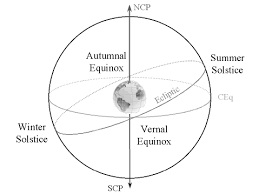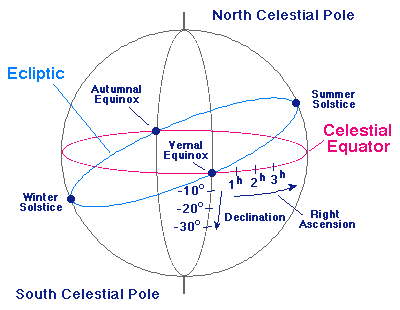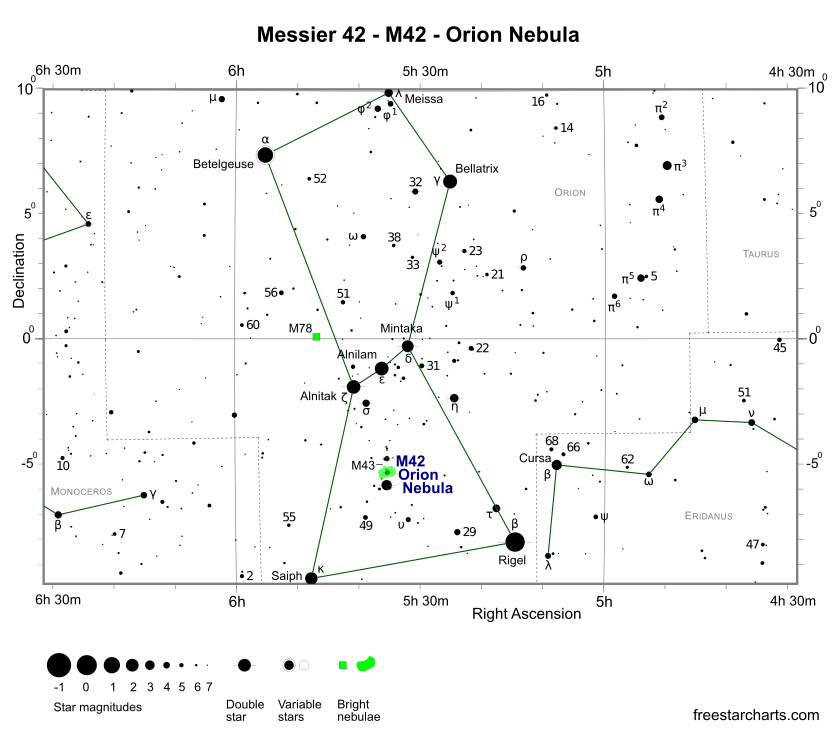
Semele: A god's mortal mother
Zeus was a lecherous fellow. Even his most ardent admirers wouldn't dispute that assertion. He pursued mortals, nymphs and even goddesses alike with a vigor that appalled some of his fellow Olympians, none of whom were exactly paragons of virtue. Despite Zeus' sordid - and well deserved- reputation, it is wrong to suggest that his amorous pursuits were always just self-gratifying amusements. Every so often, he genuinely loved the woman he sought. Zeus certainly loved Semele, the beautiful mortal who deeply loved Zeus in return, much to her peril.
Zeus first noticed Semele as she was sacrificing a bull at his altar. He materialized before her in his human form and they soon fell deeply in love. Apart from using Semele as he had used others, Zeus so adored her that he refrained from having relations with any other woman, even his wife Hera. This uncharacteristic monogamy terrified Hera. While Zeus' previous affairs had left her hurt and humiliated, his relationship with Semele truly threatened her. Hera disguised herself as an old woman who quickly befriended Semele and was brought into her confidence. She revealed her affair with Zeus to the crone and proclaimed that they were eternally devoted to each other. "He has even resolved to abandon Hera and install me as queen of heaven," Semele whispered, so as to prevent Hera, herself, from overhearing. The crone regarded her sternly. "If he loves you as he says, my dear, have him reveal himself in his true form. Your lover might not be Zeus, at all, but might instead be a loathsome creature who has assumed his appearance." Semele asked her how she could induce Zeus to comply with such a request. The crone replied, "Have him swear by the River Styx to grant you any wish. Styx is the waterway across which Charon ferries the dead into the Underworld. Nobody can break such a promise." So, the next time Semele saw Zeus, she asked him to make the vow by the River Styx to fulfill any request she might make of him. Zeus agreed at once. He held out his hands and allowed Iris, goddess of rainbows, to pour water from the River Styx over them. "I am yours to command," Zeus said lovingly. Semele said "Show me yourself in your true form." Zeus suddenly wept. He cried because he knew he was compelled to reveal himself in his true form: that of a thundercloud. He knew that if he broke a promise made by the River Styx, he would be consigned to the gloomy Asphodel meadows for seven times seventy years. For those 490 years, he would be sick, feeble, miserable and unable to defend Olympus from its formidable enemies. Semele misread his tears. She thought he cried because he was indeed a monster who was caught in a deception. So, when Zeus pleaded with her to withdraw the request, she became all the more insistent that he fulfill it. As none of his earnest entreaties had induced her to yield, he miserably spread his arms out to either side and transformed into a storm cloud. The sudden lightning discharge incinerated Semele at once, as Zeus knew it would. Knowing also that she was pregnant with their child, he quickly took the unborn baby from her during the conflagration and placed it in his thigh to complete its gestation. A few months later, an infant was born who would mature to become the god of wine and merriment. His name was Dionysus, meaning "twice born." Soon after his apotheosis, Dionysus descended into the plains of Asphodel to rescue his mother's shade and bring her to Olympus where she resided ever after as the goddess Thyone. A happy ending for a mortal who was unusual in having been loved by a god and unique in having given birth to one.
THE SOUTHWORTH PLANETARIUM
207-780-4249 www.usm.maine.edu/planet
70 Falmouth Street Portland, Maine 04103
43.6667° N 70.2667° W
Altitude: 10 feet below sea level
Founded January 1970
Julian Date: 245955.16
Julian Date: 245955.16
2019-2020: CXXVII
THE DAILY ASTRONOMER
Thursday, April 16, 2020
Remote Planetarium 14: Starry Declinations and Right Ascensions
We complete the grid work today, ladies and gentlemen. Our focus today is the celestial sphere again. We will also use our knowledge about declinations to determine where any star can and can't be seen in the world.
Quick review of terms:
- Celestial equator: the projection of Earth's equator onto the sky
- Declination: the measurement of a celestial object's angular distance north or south of the celestial equator. Every object north of the celestial equator has a positive declination. Any celestial object on the celestial equator has a declination of 0. Every object south of it, a negative declination. The range is +90 degrees (north celestial pole) to -90 degrees (south celestial pole).
- Ecliptic: the Sun's apparent annual path through the sky.
TWO VIEWS OF THE ECLIPTIC

VIEW 1: The ecliptic appears to spend half the year (spring and summer) north of the ecliptic and the other half (autumn and winter) south of it. The ecliptic intersects the celestial equator twice, on the vernal and autumnal equinoxes.
.png%22&N=images (1).png)
VIEW 2: From our Earthbound perspective, the ecliptic is an undulating curve rising above and then sinking below the celestial equator. The Sun appears to follow this curve once a year. If we could see the celestial equator in our sky, we'd see the Sun "above" it in spring and summer and "below" it in autumn and winter.
- The celestial equator extends from due east to due west .
- The celestial equator attains its maximum height due south
- The celestial equator's maximum height depends on the observer's latitude. An equatorial observer would "see" the celestial equator pass directly overhead. (90 degrees above due south). A polar observer would "see" the celestial equator aligned precisely along the horizon (0 degrees above due south). To calculate the celestial equator's maximum height, subtract the observer's latitude from 90 degrees. For instance, Portland (ME) latitude is approximately 43 degrees North. The celestial equator's maximum height in Portland is 90 - 43 = 47 degrees
RIGHT ASCENSION
Let's say you're marooned on a deserted tropical island and for some reason you want to be rescued. What two pieces of information would you need to provide to someone through the satellite radio for them to pinpoint your location? Exactly. Latitude and longitude. Offering one without the other does little good. In order to locate a celestial object, one would also need two coordinates. We have already introduced "declination," the angular distance north or south of the celestial equator. Declination is the celestial equivalent to latitude, Now, we introduce the celestial coordinate that is equivalent to longitude: right ascension. Right ascension measures a celestial object's angular distance from the vernal equinox, the point where the ecliptic intersects the celestial equator on the first day of spring. While we measure declination in degrees, right ascension is measured in "hours, minutes and seconds." Any object along the arc corresponding to the vernal equinox has a right ascension of 0 hours. The range is 0 - 24 hours. However, 0 and 24 are technically the same point.
Let's look at two views of right ascension:

VIEW # 1: We see the right ascension as a circle running along the celestial sphere. Here again we're pretending Earth occupies the center of the Universe. The 0 h marks the vernal equinox, the point the Sun appears to occupy on the first day of spring. The 6 h mark corresponds to the point the Sun occupies on the first day of summer. The 12 hour point marks the Sun on the first day of autumn; 18 hours corresponds to the Sun's position on the first day of winter.

View 2: Using right ascension to pinpoint a star's location.
We can use this star chart to determine the coordinates of Orion's prominent stars. Betelgeuse, the star representing Orion's eastern shoulder, is nearly 8 degrees north of the celestial equator. Its declination is just about 8 degrees. Betelgeuse is also nearly at 6 hours east of the vernal equinox and so its right ascension is almost 6 degrees. (Look at the right ascension markers along the star chart's top.) The actual coordinates are Declination = 07° 24′ 25.4304″ Right Ascension = 05h 55m 10.30536s
Well, yes, we can hear some of you asking, "So, what?"
So, first of all, we needed to divide the sky this way so in future when we discuss celestial objects, we can specify their locations precisely.
Secondly, we can use declination to help us know which stars are and aren't visible from a given location. That is now our focus.
LATITUDE MATTERS!
An observer's latitude determines which stars will or won't be visible at his/her location. We can make those determinations ourselves by knowing a few rules and using just a minuscule amount of mathematics.
Refer to the graphic below when reading the list that follows.
.jpg%22&N=unnamed (2).jpg)
- Any object north of the celestial equator is visible everywhere in the northern hemisphere. So, Betelgeuse, being nearly 8 degrees north of the celestial equator, is visible in all parts of the northern hemisphere. It is also visible in most of the southern hemisphere. (We'll explain where in a few moments.)
- Any object south of the celestial equator is visible everywhere in the southern hemisphere. Sirius, being nearly 17 degrees south of the celestial equator, is visible everywhere in the southern hemisphere and also in much of the northern hemisphere. (We'll explain where in a few moments.)
- A star's declination is equal to the latitude where that star will pass across the zenith, the point directly overhead. For instance, let's pretend that Betelgeuse's declination is 8 degrees north. (It isn't, exactly.) Only an observer at the latitude 8 degrees N would ever see Betelgeuse pass directly overhead. As another example, let's also pretend that Sirius' declination is -17 degrees. (It isn't, exactly.) Only an observer at latitude 17 degrees S would ever see Sirius pass directly overhead. Here in Portland (ME), only stars with a declination of 43 degrees can pass directly overhead. The declination of Deneb, Cygnus the Swan's brightest star, is about 45 degrees north so it passes nearly overhead at this location.
- How to calculate a star's visibility region: We first subtract its declination from 90 degrees. We return to Betelgeuse, declination + 8 degrees (still pretending.). 90 - 8 = 82 degrees. As Betelgeuse is north of the celestial equator, it will be visible everywhere in the northern hemisphere. It will also be visible in the southern hemisphere down to the latitude of 82 degrees south. Anybody afflicted with a Betelgeuse phobia would want to live south of the 82nd southern parallel.
- SIRIUS: Declination (almost) -17 degrees. 90 - 17 = 73. As Sirius is south of the celestial equator, it will be visible everywhere in the southern hemisphere. It will also be visible in the northern hemisphere up to latitude 73 degrees N. One won't see Sirius north of the latitude 73 N
- POLARIS: the north star's declination is 90 degrees (Almost. We're using round numbers so the math won't leave marks.) 90 - 90 = 0. Polaris is visible everywhere in the northern hemisphere down to the latitude 0 degrees, i.e. the equator. One won't see Polaris in the southern hemisphere. [Note: we use Polaris to approximate our latitude. If you're at 30 degrees N, Polaris will be 30 degrees above the northern horizon from your perspective.]
- VEGA: this star's declination is 39 degrees north (almost). 90 - 39 = 51. Vega is visible everywhere north of the latitude 51 degrees north.
What about Vega?
Vega is visible everywhere north of 51 degrees south. Vega will then be circumpolar everywhere north of 51 degrees north. We are less than ten degrees south of the region where Vega is always above the horizon.
Tomorrow, we'll offer more examples on the Week 3 quiz.
To subscribe or unsubscribe from the Daily Astronomer: